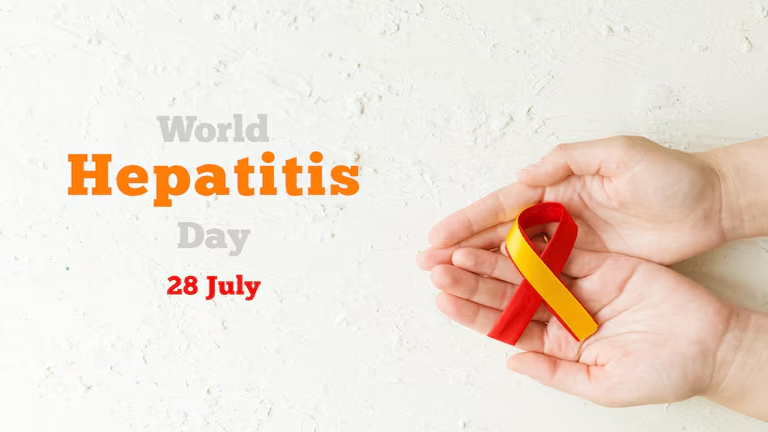Hepatitis B is a serious liver infection caused by the hepatitis B virus (HBV). With millions affected worldwide, staying updated on the latest developments is crucial. This article covers recent outbreaks, updated treatment guidelines, and advancements in antiviral drugs to help you stay informed.
Must Check: Insomnia Symptoms
New Hepatitis B Outbreaks in Certain Regions
Recent reports indicate a rise in hepatitis B cases in several regions, raising concerns among health authorities. Key affected areas include:
1. Southeast Asia
Countries like Indonesia, the Philippines, and Vietnam continue to report high HBV transmission rates due to limited vaccination coverage and unsafe medical practices.
2. Sub-Saharan Africa
Chronic remains endemic in many African nations, with mother-to-child transmission being a major concern.
3. Eastern Europe
Increased cases have been linked to intravenous drug use and inadequate healthcare screening.
4. Remote Areas in the Americas
Indigenous populations in the Amazon and rural parts of North America face higher risks due to limited access to vaccines and healthcare.
Prevention Measures:
-
Expanded vaccination programs
-
Public awareness campaigns
-
Improved screening for pregnant women
Hepatitis B: Latest Updates (2024-2025)
| Category | Details | Key Points |
|---|---|---|
| New Outbreaks | – Southeast Asia (Indonesia, Philippines) | Low vaccination rates, unsafe medical practices |
| – Sub-Saharan Africa (Nigeria, DRC) | High mother-to-child transmission | |
| – Eastern Europe (Ukraine, Romania) | Linked to IV drug use | |
| Updated Treatments | First-Line Antivirals: Tenofovir, Entecavir | High efficacy, low resistance |
| New Therapies: RNA silencing (JNJ-3989), CRISPR gene editing | Experimental but promising | |
| WHO Guidelines | – Birth-dose vaccine within 24 hours | Prevents vertical transmission |
| – Regular viral load monitoring | Tracks treatment success | |
| Prevention Strategies | – Vaccination for high-risk groups (health workers, drug users) | Reduces spread |
| – Global elimination target by 2030 | 90% vaccination, 80% treatment coverage |
Updated Hepatitis B Treatment Guidelines (Antiviral Drugs & Therapies)
Medical experts have revised hepatitis B treatment protocols to improve patient outcomes. The latest guidelines focus on:
1. First-Line Antiviral Drugs
The World Health Organization (WHO) recommends:
| Drug Name | Usage | Effectiveness |
|---|---|---|
| Tenofovir | Long-term viral suppression | High resistance barrier |
| Entecavir | Low side effects | Effective for most genotypes |
| Pegylated Interferon | Short-term immune boost | Suitable for specific cases |
2. Monitoring & Follow-Up
-
Regular liver function tests
-
Viral load monitoring to assess treatment success
-
Fibrosis assessment (e.g., FibroScan)
3. Emerging Therapies
-
RNA Silencing Drugs (e.g., JNJ-3989): Target viral RNA to reduce HBV DNA levels.
-
Therapeutic Vaccines: Boost immune response in chronic patients.
-
CRISPR-Based Treatments: Experimental gene-editing approaches show promise in early trials.
Hepatitis B Prevention & Vaccination Updates
1. Universal Vaccination Programs
-
Birth Dose Vaccination: Recommended within 24 hours of birth to prevent mother-to-child transmission.
-
Catch-Up Vaccination: Encouraged for unvaccinated adults in high-risk groups.
2. High-Risk Groups
-
Healthcare workers
-
People with multiple sexual partners
-
IV drug users
-
Individuals with HIV or hepatitis C co-infections
Future Outlook for Hepatitis B Elimination
The WHO aims to eliminate hepatitis B as a public health threat by 2030. Key strategies include:
-
90% vaccination coverage
-
80% treatment access for diagnosed cases
-
Reducing mother-to-child transmission to <1%
Conclusion
Hepatitis B remains a global health challenge, but advancements in antiviral drugs, updated guidelines, and vaccination efforts offer hope. Staying informed about outbreaks and treatment options is essential for prevention and management.
For the latest updates, consult healthcare providers and follow official health organization reports.


